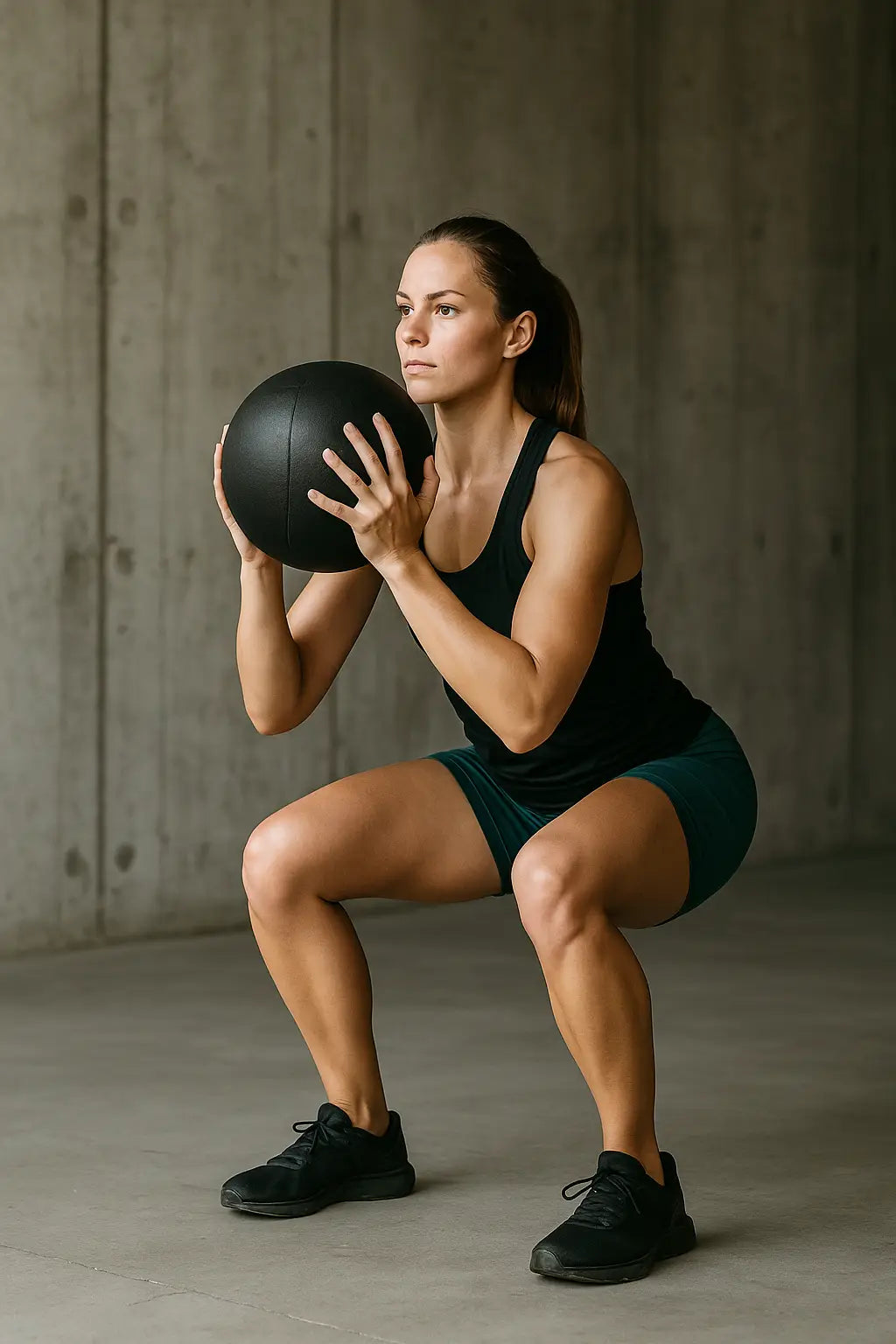
Best At-Home Leg Workouts for Runners to Improve Performance
Share
If you’re a runner, chances are you lace up your shoes, head outside, and log your miles. But here’s the truth—running alone isn’t enough to maximize your performance or keep your body injury-free. Many runners overlook strength training, especially leg workouts, thinking that pounding the pavement is all the conditioning their lower body needs.
In reality, targeted at-home leg workouts are the missing piece to becoming a faster, stronger, and more resilient runner. By strengthening your quads, hamstrings, glutes, and calves, you can improve your stride efficiency, enhance endurance, and dramatically reduce the risk of injuries like shin splints or knee pain.
The best part? You don’t need an expensive gym membership or bulky equipment. With just your bodyweight and one versatile tool—the Multipurpose Weighted Medicine Ball—you can unlock next-level performance without leaving your home.
Benefits of At-Home Leg Workouts for Runners
Before we dive into specific exercises, let’s quickly highlight why leg workouts at home are crucial for every runner, whether you’re training for a 5K or a marathon:
-
Prevent Injuries: Stronger muscles stabilize joints and reduce stress on tendons and ligaments.
-
Boost Stride Power: Explosive leg strength means faster push-off and smoother acceleration.
-
Improve Running Economy: Stronger legs make each stride more efficient, conserving energy over long distances.
-
Build Endurance: Conditioning your lower body helps you maintain speed for longer periods.
-
Enhance Balance & Stability: Essential for trail runners and anyone running on uneven surfaces.
Think of it like this: every mile you run taxes your muscles. The stronger and more conditioned they are, the further and faster you can go without breaking down.
Essential Bodyweight Leg Workouts for Runners at Home
Even without weights, these bodyweight moves are incredibly effective for runners. They build foundational strength and can be done in small spaces with zero equipment.
Squats & Variations
-
Air Squats: Standard squats targeting quads, hamstrings, and glutes.
-
Jump Squats: Add plyometrics to increase power and explosiveness.
-
Single-Leg Squats: Build balance and unilateral strength.
Tip: Focus on proper form—knees shouldn’t cave inward, and your weight should stay in your heels.
Lunges
-
Forward Lunges: Build strength in quads and glutes.
-
Reverse Lunges: Reduce knee stress and improve hip stability.
-
Walking Lunges: Combine strength with endurance.
Runner’s Benefit: Lunges mimic the running stride, making them one of the most functional movements for athletes.
Glute Bridges
-
Lie on your back with knees bent and feet flat on the ground.
-
Lift your hips until your body forms a straight line from shoulders to knees.
-
Squeeze glutes at the top for maximum engagement.
Runner’s Benefit: Strong glutes improve push-off and reduce lower back strain.
How to Use a Weighted Exercise Ball for Runner-Specific Leg Strength
Adding a weighted exercise ball to your routine is a game-changer. It provides resistance, adds variety, and helps you develop power that directly translates to faster, more efficient running. Grab your Multipurpose Weighted Medicine Ball and try these moves:
Medicine Ball Wall Squats
-
Hold the ball against your chest while lowering into a squat.
-
The added resistance strengthens quads and glutes.
-
Aim for 3 sets of 12–15 reps.
Weighted Step-Ups
-
Place one foot on a sturdy chair or bench.
-
Hold the ball at your chest and step up, driving through your heel.
-
Alternate legs for 3 sets of 10 reps each.
Runner’s Benefit: Builds unilateral strength and mimics hill running.
Medicine Ball Side Lunges
-
Step laterally while holding the ball at your chest.
-
Sink into the lunge, then push back to standing.
-
Perform 10 reps per side.
Runner’s Benefit: Improves lateral stability and reduces the risk of knee or ankle injuries.
Explosive Medicine Ball Throws with Squats
-
Squat while holding the ball.
-
As you rise, throw the ball upward or against a wall.
-
Retrieve and repeat for 8–10 explosive reps.
Runner’s Benefit: Builds power and speed endurance—perfect for sprint finishes.
Runner’s Weekly At-Home Leg Day Plan
Here’s a sample 3-day weekly plan to balance running and strength:
-
Day 1: Bodyweight Focus
-
Air Squats – 3 x 15
-
Walking Lunges – 3 x 20 steps
-
Glute Bridges – 3 x 20
-
-
Day 2: Medicine Ball Focus
-
Medicine Ball Wall Squats – 3 x 12
-
Weighted Step-Ups – 3 x 10 per leg
-
Medicine Ball Side Lunges – 3 x 12 per side
-
-
Day 3: Explosive Power
-
Jump Squats – 3 x 10
-
Explosive Medicine Ball Throws – 3 x 8
-
Single-Leg Squats – 3 x 8 per leg
-
This combination balances endurance, strength, and explosiveness—the perfect trifecta for runners.
Pro Tips for Runners Doing Leg Workouts at Home
-
Warm Up First: Dynamic stretches like leg swings, high knees, and hip openers prevent injuries.
-
Progress Slowly: Start with bodyweight, then add resistance (like a medicine ball) once you’ve built good form.
-
Consistency Wins: 2–3 sessions per week are better than cramming it all in once.
-
Pair with Running: Alternate strength and running days to avoid fatigue.
-
Listen to Your Body: If you feel pain (not to be confused with muscle burn), back off and adjust.
Conclusion: Stronger Legs = Better Running
At-home leg workouts are the secret weapon most runners overlook. By strengthening your lower body with a mix of bodyweight and weighted exercises, you’ll boost your performance, run faster, and avoid nagging injuries.
If you want a simple, effective way to add resistance and variety to your training, the Multipurpose Weighted Medicine Ball is the perfect tool. Compact, versatile, and beginner-friendly, it’s a must-have for every runner’s home gym.
So the next time you think about skipping leg day, remember this: stronger legs don’t just help you run—they help you run better.


